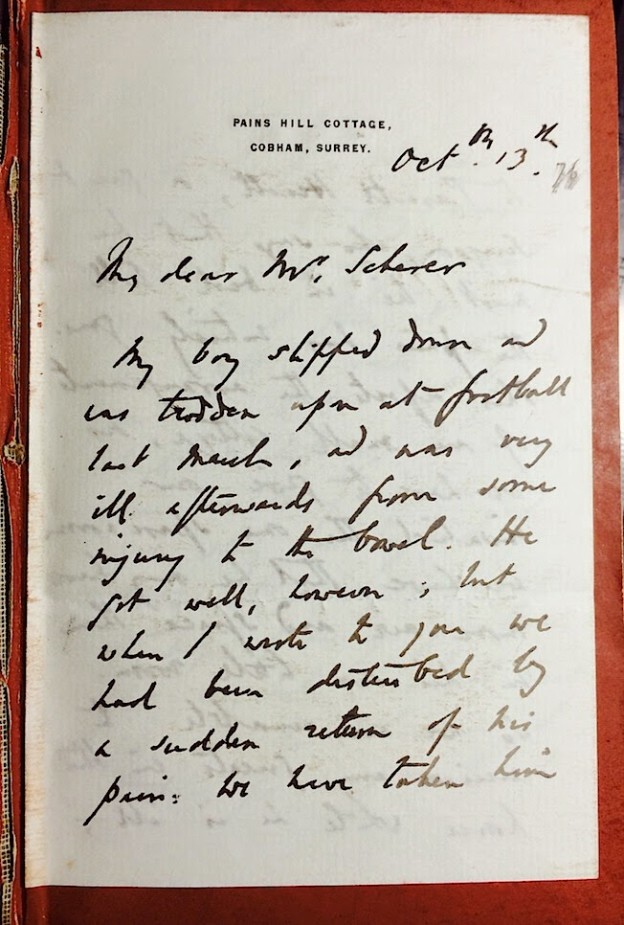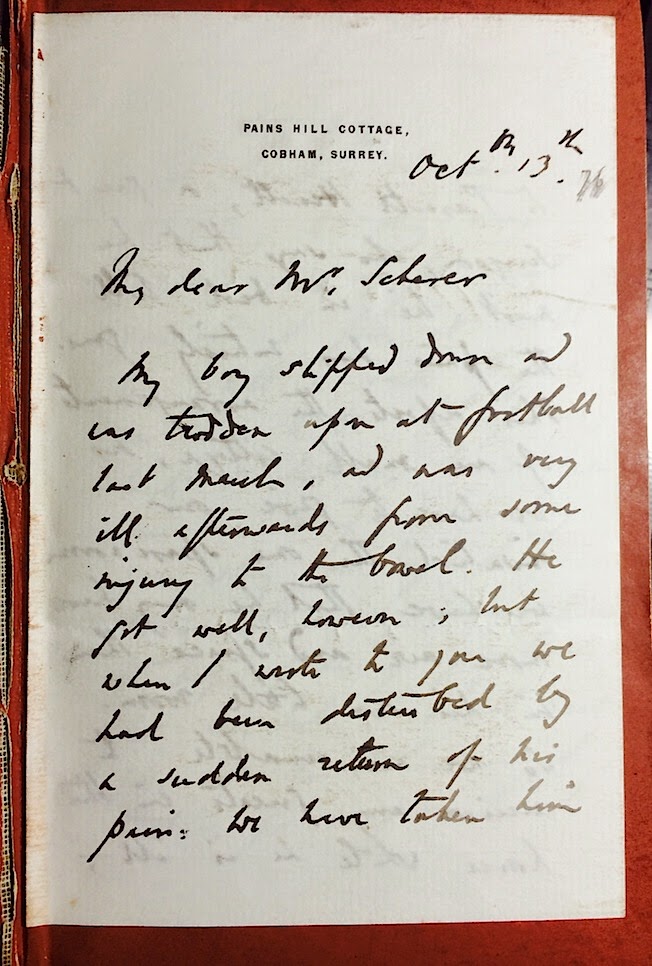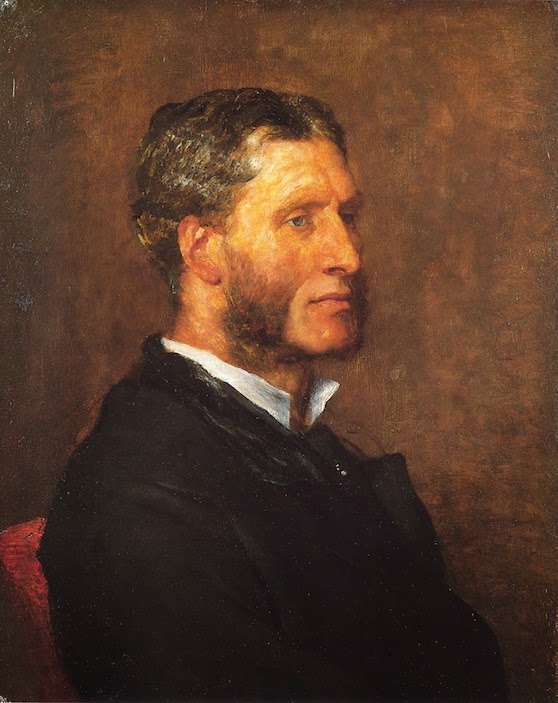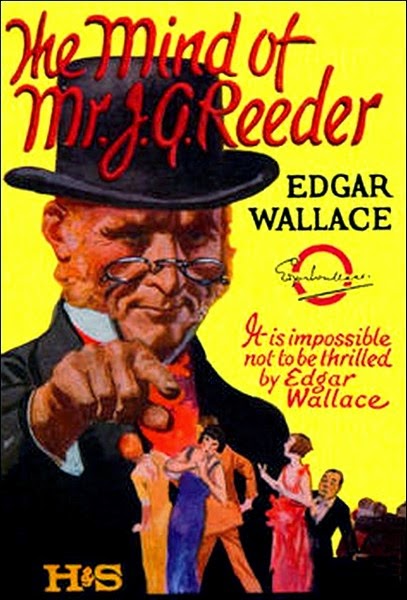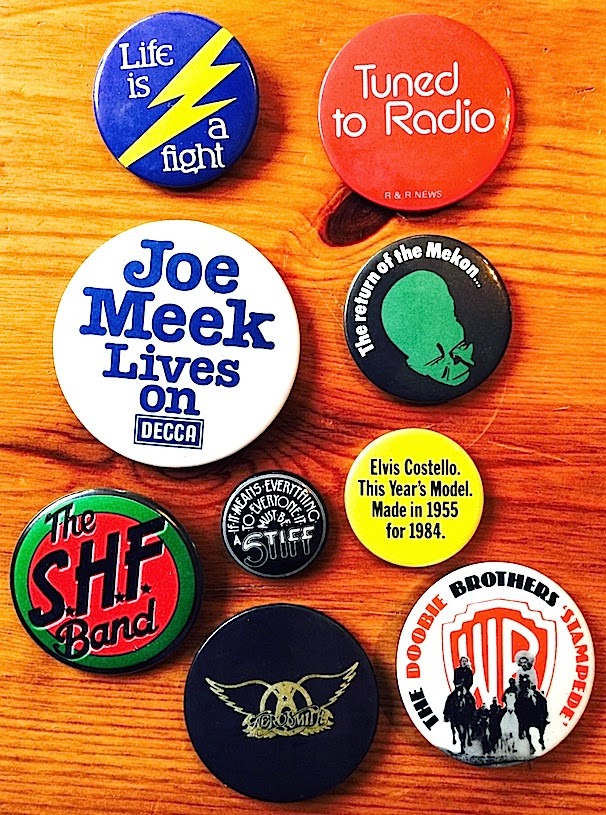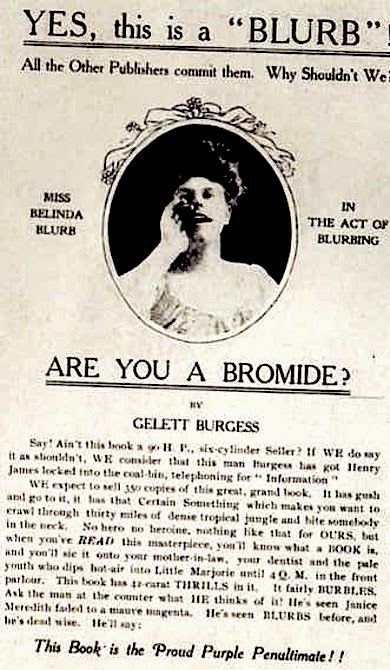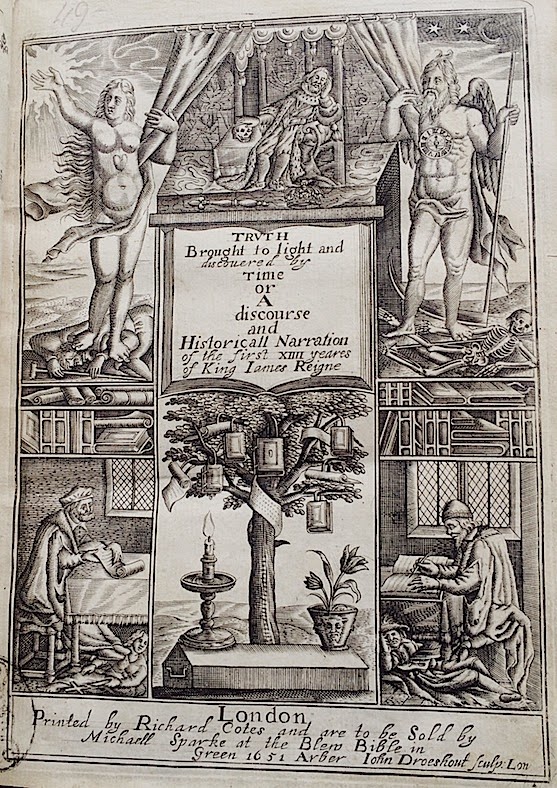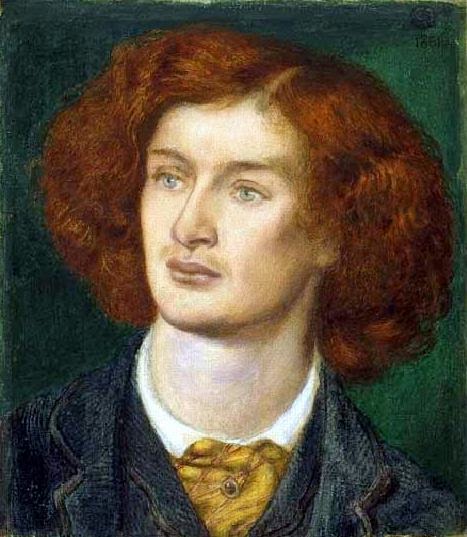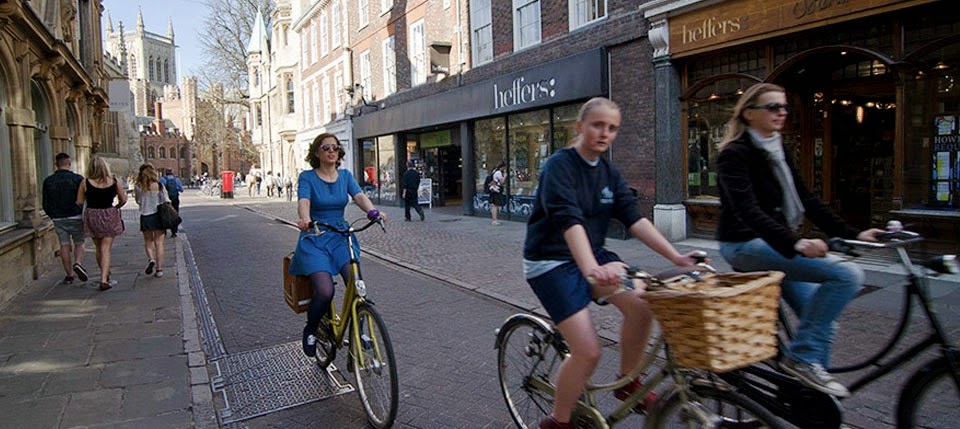 |
| Charles Nodier |
Last part of this thrill-packed piece on murder, mayhem, obsession, vengeance and book collecting. Slight doubt is cast on this (incredible) event. The story has inspired a wealth of articles and books from Flaubert right up to Basbanes. However, in 1928 a book appeared in Spain written by bibliophile and author Ramon Miquel I Planas (1874-1950) seeking to rectify the story of Don Vincente and arguing that the anonymous article in La Gazette des Tribunaux (Paris 1837) which had informed the world of the murders had no basis in fact. **Planas argued that the article had been written by French occultist (Priory of Sion) author and librarian Charles Nodier, (1780-1844), most known for his influence on the French Romantics. He found that Don Vincente’s crime does not appear in any local newspapers of the time, that there was no monk by the name of Fra Vincentes at Poblet at the time of its closure, and that the local ‘colour’ does not ring true. Planas's theories have also been later disputed..but if Nodier was the original author, it should be noted that it was rumoured that he had killed a man for outbidding him at auction during one of his trips to Spain.
The account, indeed, does have a slight air of legend about it - especially the part about each victim returning with alacrity to the shop to report a missing leaf…booksellers will tell you that often a missing page is not discovered for years. What does ring true is the murderous anger of the person outbid (almost as deadly as the ire of the person who has been relentlessly bid up to way beyond the price that they had intended to pay. Pace Nodier.) The fetish / obsession about uniqueness is also familiar in rare bookselling lore..The bookseller 'unwilling to part with all but the cheapest of his stock' and who keeps every good book he ever gets (or prices them so high that only a very rich madman would buy ) is also an all too familiar type in life and legend and one who is still with us online and in the cloud…
** This part is in the debt of the ARCA Crimes against Art blog where there are more info and links/ footnotes on the case.


